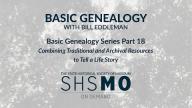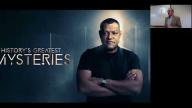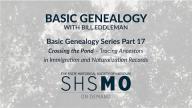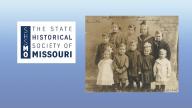SHSMO workshops, lectures, and virtual programs are freely available to worldwide audiences to watch anytime.
Former Missouri Senator and Boone County Prosector Joe Moseley looks back on a groundbreaking case nearly 40 years ago where DNA evidence was used to convict Columbia, Mo. resident Ralph Davis of murdering his wife, Susan Davis. On June 10, 1986, Susan disappeared with her red Ford Escort car from her home. Police detectives immediately suspected Susan’s estranged husband in her disappearance due to threats Ralph had made against her. Previously, the court had issued an ex parte order of protection for Susan.

























